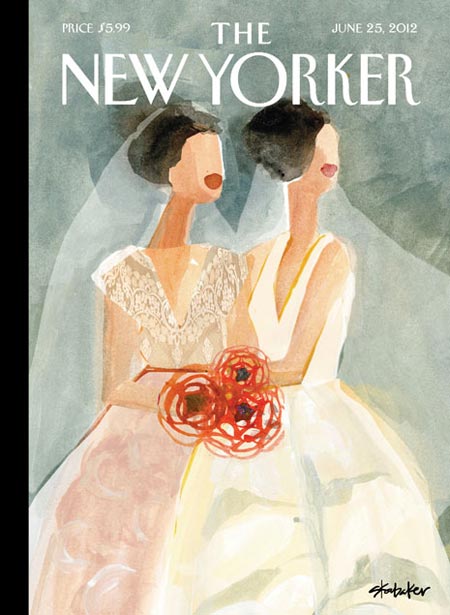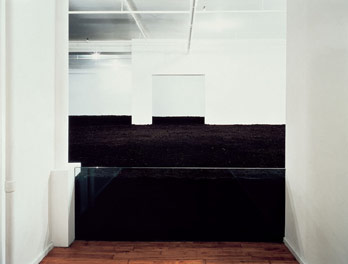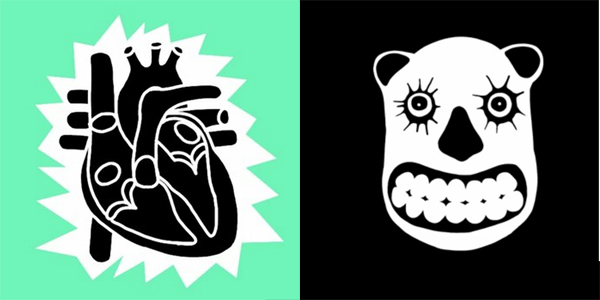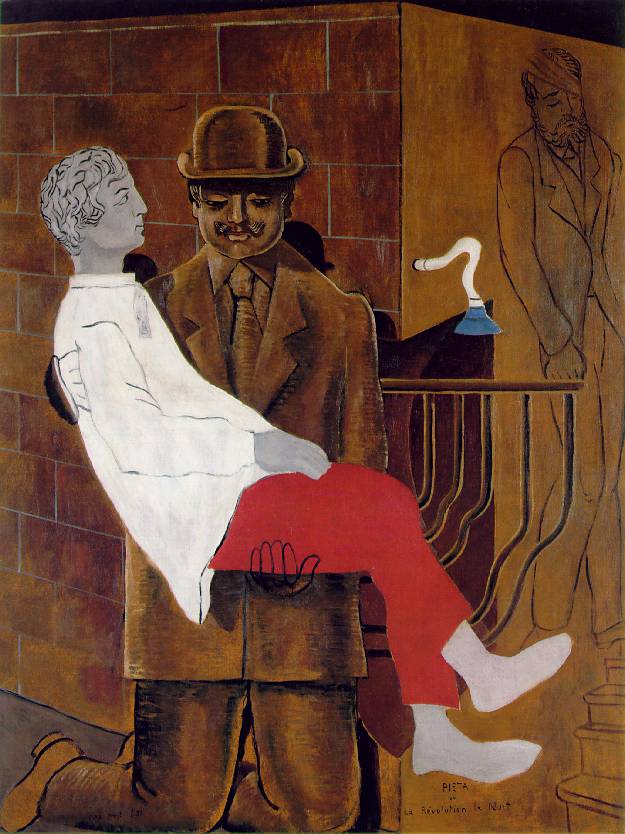Françoise Mouly is, amongst other things, the art director for the New Yorker. Earlier this year she started a companion blog to her book, Blown Covers, a book of rejected New Yorker covers. It’s taken on a life of its own and is always an interesting read.
Anyhow, Mouly gives a theme each Monday and anyone can submit their sketches for potential New Yorker covers…
Artist Gayle Kabaker’s “June Brides”… was picked out by Mouly from the blog submissions and chosen as the cover of the June 25, 2012 issue of The New Yorker. (For those not familiar with the prestige New Yorker covers carry among illustrators, this is a little like getting asked up on stage to play with The Who.)

That’s pretty darn cool. More of Gayle Kabaker’s work can be seen on her portfolio site.
On the subject of New York, I’ll be there for the next few days on a vacation so no blog posts for a bit. Instead I’ll be wandering around looking at art, trying out new restaurants & bars, and revisiting some old favourites.
//UPDATE 07/13/12
Dear Friends and Followers –
After Monday’s announcement that this blog would wind down at the end of July, the Blowncover’s inbox was flooded with letters of support and encouragement. A clever and talented community of artists and commenters has sprung up around this project and I can’t bear to let it go. So. You’ve convinced me! The blog will live on. But we’ll have to make some changes.
We will be transitioning from weekly contests to monthly contests. I’d love to continue just as we’re doing now, but the pace isn’t sustainable. This week, we got twice as many submissions as usual! (And they’re all great – way to make our lives difficult.) I’d like to make it so artists can look at each other’s submissions over the course of a month (a public or semi-public flickr gallery perhaps?), vote and comment on them, then Françoise and I will post our favorites here on the tumblr. I’m going to take the weekend to think about the best way to do this (your suggestions are very welcome: blowncovers@gmail.com). I’ll be back on Monday, with a new plan – and later next week, with the results of the cats and dogs contest.
Thank you for all your encouragement,
Nadja
That’s good news! So often you see side projects balloon so much that they need to be abandoned but I’m glad to hear that Françoise Mouly & Nadja Spiegelman are just rethinking the project rather than closing up shop. I’m sure they have lots of other stuff to do, but I do enjoy the blog.
If you are familiar with New York, then you already know that Soho is the kind of neighbourhood filled with nooks and crannies where the oddest things can turn up. If you go to 141 Wooster, ring the buzzer and once admitted walk up the stairs, you will find the New York Earth Room. 280 000 pounds of dark soil, 22″ deep. It has been there since 1980. You may not touch or photograph the dirt. You may look at it, though, and contemplate it as much as you like. I have mixed feelings about this piece, but the reviews on Yelp are excellently touching and hilarious by turns.

Walter De Maria – “Earth Room”
New York Earth Room is a long-term installation by Walter De Maria, and is maintained by the Dia Foundation like many of De Maria’s other works such as The Broken Kilometer, practically around the corner at Broadway just south of Canal.
Admission is free, Wednesday-Sunday, 12-6 pm (closed from 3-3:30 pm)
Sadly, it is currently closed but will re-open September 12.
Maxime Bruneel’s work is a lot of fun. Hand-drawn typography, surreal animated sequences that flow into one another, flashing colours… what’s not to like? Unless you get seizures, I suppose.

Stills from the video for Aston Shuffle’s “Your Love”, directed by Maxime Bruneel
Looking through the video on his site I fell in love with this piece he did for Aston Shuffle’s “Your Love”. I really like Bruneels’ work in general, but this tune is super-catchy, too. If you don’t like this kind of music, turn on the radio and turn off the volume on the video – it’s definitely worth the effort.
Maxime Bruneel is a French director known for his psychedelic animated music videos and the colored world of his live visuals.
– from Chez Eddy
You can see more of Bruneel’s work here.
I would be pretty surprised if you haven’t heard of Arthur Rackham. Quite possibly the most famous English illustrator of the early 20th century, he illustrated dozens of books in a variety of styles. My personal favourites are Alice’s Adventures in Wonderland, Grimm’s Fairy Tales, Aesop’s Fables, Peter Pan in Kensington Garden, Undine, the Ring Cycle, A Midsummer Night’s Dream, and the Wind in the Willows.
Rackham is one of the definitive architects of my childhood, shaping both my understanding of the stories his work accompanied, my imagination, and at its core what I think illustration should be.
What I like best about Rackham’s work, though, is how he does toes. From the delicate, graceful toes of the Rhinemaidens to the gnarled, prehensile toes of the evil Alberich; the plump, tiny toes of Hansel & Gretel to the imposing toes of giants, twisted as ancient oaks. Click any of the thumbnails below to see these examples of Rackham’s magnificent work with toes in all their glorious detail.
- the Ring Cycle – Rhinemaiden
- Tales of the Brothers Grimm – Giant (the Brave Little Tailor)
- Tales of the Brothers Grimm – the Goose Girl
- Tales of the Brothers Grimm – Hansel and Gretel
- the Ring Cycle – Alberich
- the Ring Cycle – Alberich
- the Ring Cycle – Freya
- the Ring Cycle – Alberich
- the Ring Cycle – Fighting Giants
Happy Father’s Day! There is some irony in posting about Max Ernst’s portrait of his father in “Pieta” or “Revolution by Night” (1923). For one thing, Ernst thought his father was an idiot. Take it as you will, this definitive work of early surrealism can be interpreted on many levels.

Max Ernst – “Pieta” or “Revolution by Night” (1923) Oil on canvas, 116 x 89 cm Tate Gallery, London
Max Ernst (was) the son of an amateur painter from Cologne who once painted Max in the character of the infant Jesus. …The figure carried by the bowler-hatted man is generally accepted to be a self- portrait; it has Ernst’s features. The bowler-hatted man appears to be a portrait of Ernst’s moustachioed father. … Ernst thought of his father as a fool. The man with the turned-up moustache was not just a Sunday painter, but one with a heavy academic style; Ernst’s entire career was a rejection of the middle-class idea of art for which his father stood.
…In dreams, we are unmanned; that is the burden of Ernst’s painting. The Pieta in Renaissance art is an image of maternal love. In Ernst’s painting, the father becomes a mother. The son, instead of raging against him in the Oedipal drama familiar to Ernst as a student of Freud, becomes as passive as a corpse. The father (is also) passive, an automaton. …The revolution here is not one fought across barricades, but a dreamy one in which barricades disintegrate, (and) the boundaries of identity dissolve…
– Jonathan Jones, The Guardian











